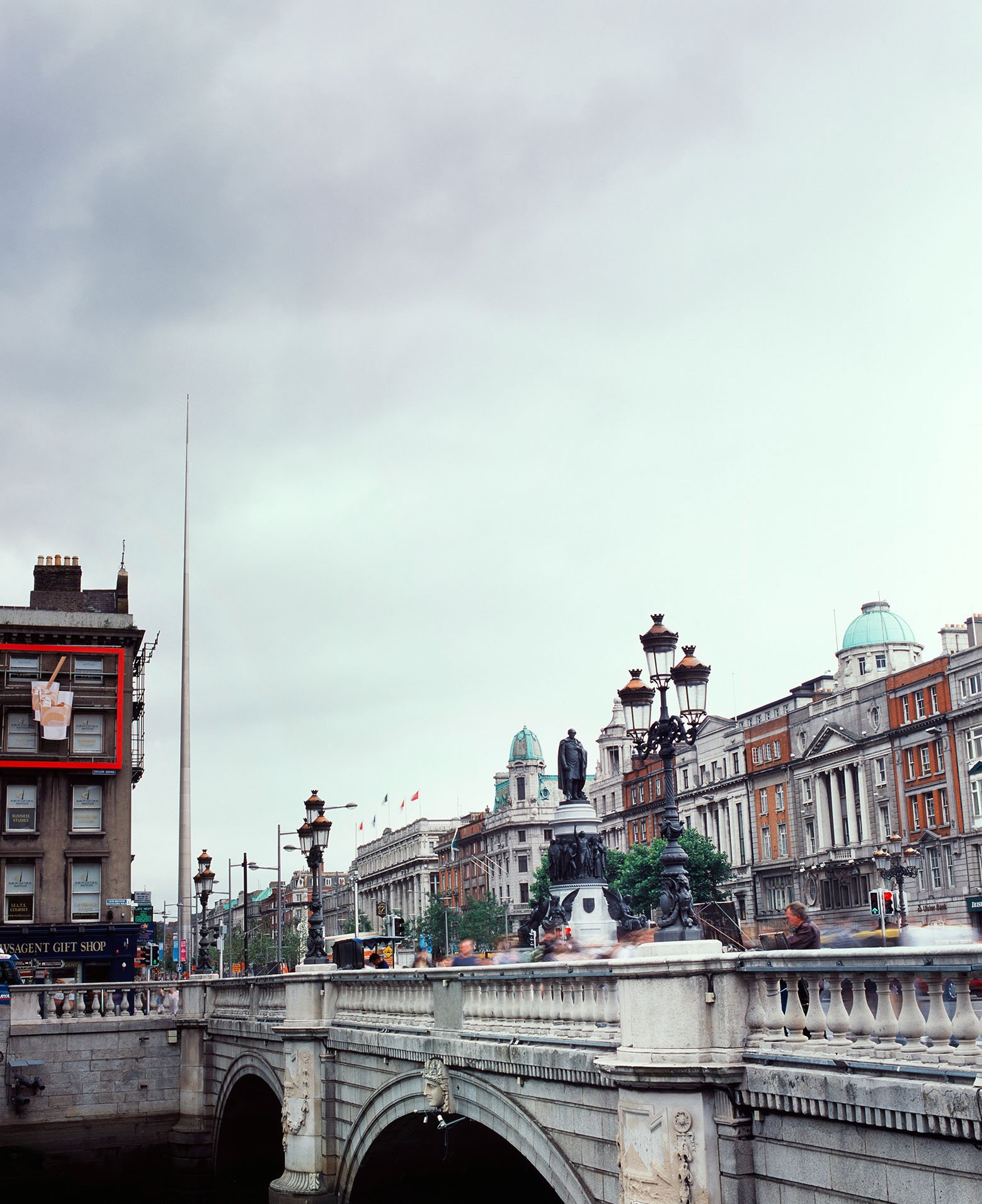A Brief History of Dublin
The history of Dublin, Ireland’s capital city, is rich and varied, beginning with its origins as a Viking settlement in the 9th century. Located at the mouth of the River Liffey, the area was first known as Dubh Linn, meaning "black pool," referring to the dark tidal pool where the Poddle stream met the Liffey. This settlement thrived as a strategic and commercial hub due to its proximity to water routes. By the 10th century, it had grown into a bustling Viking town, with trade networks extending across Europe and beyond.
In 1171, Dublin's historical trajectory took a significant turn with the Norman invasion, led by Strongbow, also known as Richard de Clare. The Normans established Dublin Castle in 1204, which became a symbol of English power and governance in Ireland for centuries. This formidable fortress oversaw the city's administration and held the keys to its evolution through medieval times. During this era, Dublin expanded its municipal structure, economy, and importance in trade and politics.
The city played a monumental role in Ireland's fight for independence, particularly in the early 20th century. One of the pivotal events was the Easter Rising of 1916, an armed insurrection against British rule, centered in Dublin. Though the rebellion was quashed, it ignited a surge in nationalist sentiment, propelling the Irish War of Independence from 1919 to 1921. These events culminated in the establishment of the Irish Free State in 1922, with Dublin serving as its capital.
Throughout the subsequent decades, Dublin continued to grow and modernize, balancing its deep historical roots with contemporary advancements. Today, this dynamic past is visible in the city's architecture, landmarks, and cultural tapestry, reflecting a narrative of resilience and transformation. From Viking origins to modernity, Dublin stands as a testament to the rich historical heritage that shapes Ireland’s identity.
Climate
Dublin boasts a temperate maritime climate, greatly influenced by its proximity to the Atlantic Ocean. This results in relatively mild weather year-round, with little extremity in temperatures. The average temperatures in Dublin range from 2-8°C (36-46°F) in the winter months of December to February, and 12-19°C (54-66°F) during the summer months from June to August. Such moderate conditions make Dublin an attractive destination for visitors at any time of the year.
Rainfall is a characteristic feature of Dublin’s climate, with the city experiencing precipitation fairly evenly distributed throughout the year. On average, Dublin receives about 730 mm (28.7 inches) of rain annually. The months of October and December tend to be the wettest, while April is typically the driest month. Despite the frequent drizzles, downpours are rare, and most days experience some sunshine intermittently.
Seasonal variations in Dublin are relatively subtle. Spring (March to May) ushers in longer daylight hours and blooming flora, painting the city with vibrant colors. Summer brings pleasant warmth, facilitating outdoor activities and festivals that celebrate Dublin’s rich cultural heritage. Autumn (September to November) sees a gradual cooling, accompanied by the scenic transformation of foliage. Winter, though cooler, remains quite mild, and occasional frosts create picturesque scenes without significant hardship.
The temperate climate not only shapes the living conditions of Dubliners but also significantly impacts tourism. The mild weather ensures that the city remains bustling with tourists all year round. Rain, though persistent, rarely acts as a deterrent; instead, it adds to the city's charm. Practical daily wear includes layers and a reliable waterproof jacket to stay comfortable. Visitors should remain prepared for sudden changes in weather, which can range from sunny intervals to unexpected showers.
Demographics
Dublin, the vibrant capital of Ireland, boasts a diverse and dynamic population. As of the most recent census, the population of Dublin stands at approximately 1.4 million residents, making it the most populous city in Ireland. The age distribution within the city reveals a youthful demographic, with a significant portion of the population falling between the ages of 25 and 44. This younger age group is reflective of Dublin's appeal to young professionals and students.
The ethnic composition of Dublin is notably varied, underpinned by a rich tapestry of cultures and backgrounds. While the majority of Dublin’s residents are of Irish descent, the city is home to a growing number of international communities. Immigrants from Eastern Europe, Asia, and Africa enhance the city's cultural landscape. This multiculturalism is reflected in the variety of languages spoken; while English and Irish are the official languages, you will frequently hear Polish, Chinese, and Arabic, among others, spoken on the streets.
In terms of religious affiliation, Roman Catholicism remains the predominant faith, with a substantial portion of the population identifying as Catholic. However, Dublin's religious landscape continues to evolve, with increasing numbers of residents adhering to other Christian denominations, Islam, Hinduism, Buddhism, and secular beliefs.
The cultural diversity in Dublin creates a dynamic and inclusive environment. Festivals celebrating different cultures, such as the St. Patrick’s Festival and the Chinese New Year celebrations, are testament to Dublin's reputation as a cultural melting pot. These events not only celebrate diversity but also foster a sense of community among residents from various backgrounds and traditions.
In recent years, Dublin has experienced significant population growth, driven by both natural increase and immigration. Urbanization trends have intensified, with more people moving to the city for its economic opportunities, educational institutions, and vibrant lifestyle. This growth is evident in the expanding urban landscape and development projects across the city, positioning Dublin as a bustling metropolis with a bright, multicultural future.

